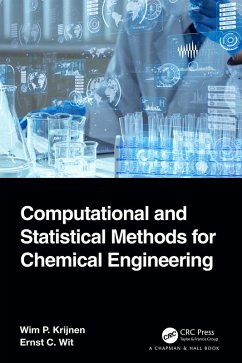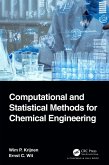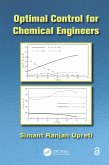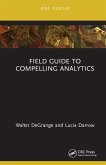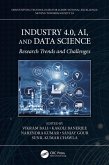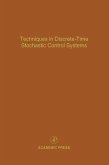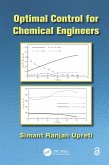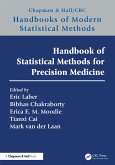The book consists of four parts:
- Part I discusses the necessary calculus, linear algebra, and probability background that the student may or may not have encountered before.
- Part II provides an overview on standard computational methods and approximation techniques useful for chemical engineering systems.
- Part III covers the most important statistical models, starting from simple measurement models, via linear models all the way to multivariate, non-linear stochiometric models.
- Part IV focuses on the importance of designed experiments and robust analyses.
Each chapter is accompanied by an extensive selection of theoretical and practical exercises. The book can be used in combination with any modern computational environment, such as R, Python and MATLAB. Given its easy and free availability, the book includes a bonus chapter giving a simple introduction to R programming.
This book is particularly suited for undergraduate students in Chemical Engineering who require a semester course in computational and statistical methods. The background chapters on calculus, linear algebra and probability make the book entirely self-contained. The book takes its examples from the field of chemistry and chemical engineering. In this way, it motivates the student to engage actively with the material and to master the techniques that have become crucial for the modern chemical engineer.
Dieser Download kann aus rechtlichen Gründen nur mit Rechnungsadresse in A, B, BG, CY, CZ, D, DK, EW, E, FIN, F, GR, HR, H, IRL, I, LT, L, LR, M, NL, PL, P, R, S, SLO, SK ausgeliefert werden.

